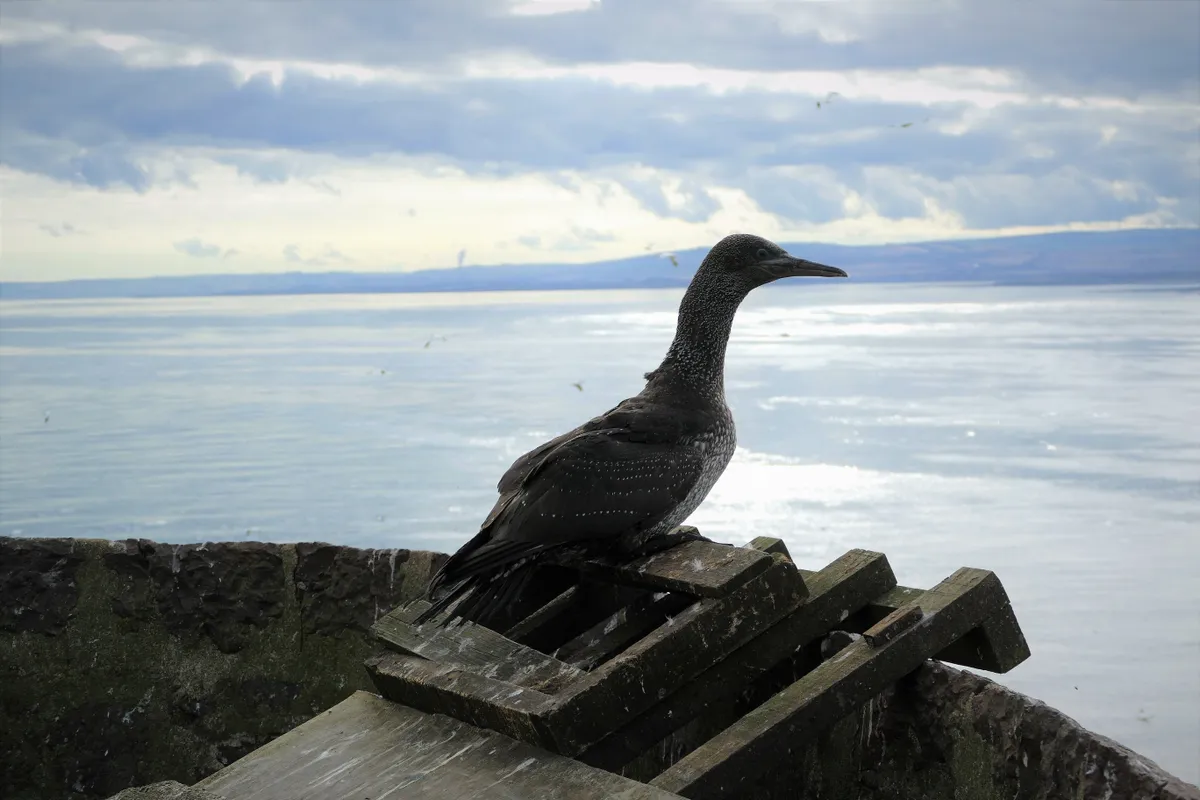Conservation charity, the Scottish Seabird Centre, is asking residents and visitors along the Firth of Forth coastline to alert them to struggling young Northern gannets (gugas), as birds begin to fledge from the large colony on Bass Rock.
Gugas are starting to jump from the rock, but following recent stormy weather some of the young birds are being washed ashore - with many requiring assistance. Gugas can typically be identified by a dark, speckled plumage (in contrast to the white adult birds).

Maggie Sheddan, the Scottish Seabird Centre’s Bass Rock Landing Guide said: "Not all gugas that are washed ashore will require help so it’s important to know what to look out for. If the birds are feisty and make a move to attack you, or to run into the sea, they probably just need to be left to rest. Keep your distance. If the guga is not moving much, and you can get closer to it, then it’s probably in need of more help."
How to help
If you spot a guga in need of assistance, please alert the Scottish SPCA on 03000 999 999, or to make contact with the Scottish Seabird Centre on 01620 890202

Sheddan added: "Some of the gannets on the Bass Rock are fitted with a numbered leg ring, tag or other data loggers as part of scientific research into the gannets’ movements. We would like to be able to retrieve these devices as they contain valuable data that helps inform conservation activity, so please contact us if you see a grounded guga with these devices."
"If calling for assistance, it’s important that you provide accurate information on your location. This might be a street name and house number, or where you are in relation to a visible landmark on the shore or one of the islands in the Firth of Forth. Details on accessibility by footpath or road are all helpful details for the SSPCA or Scottish Seabird Centre."
Visit: seabird.org
